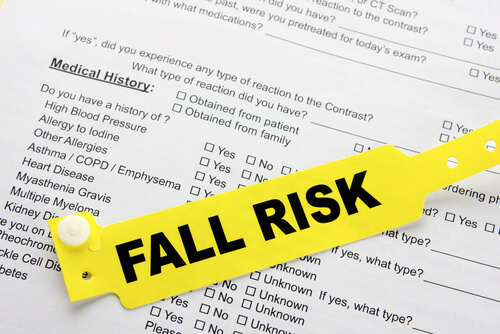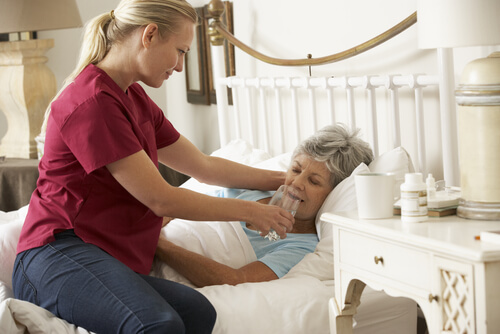
Senior Falls: 6 Tips to Prevent Them
Each year, millions of people aged 65 and over suffer a fall of some kind. While many walk away unscathed, the risks associated with falling increase with age. Senior falls are a legitimate health concern that account for nearly $30 billion per year in direct medical costs. The CDC has published ample statistics about senior falls that bring light to an often overlooked danger to senior health and safety.
According to the CDC, one out of every five falls causes a serious injury requiring some form of hospitalization. Falls are also the most common cause of traumatic brain injury, or TBI, among the elderly. With nearly 800,000 people hospitalized per year for a serious injury sustained as the result of a fall, senior falls are now one of the leading health concerns for our aging population.
The CDC has put forth conditions to watch for that may make someone more likely to fall. They are:
- Lower body weakness
- Vitamin D deficiency (that is, not enough vitamin D in your system)
- Difficulties with walking and balance
- Use of medicines, such as tranquilizers, sedatives, or antidepressants. Even some over-the-counter medicines can affect balance and how steady you are on your feet.
- Vision problems
- Foot pain or poor footwear
- Home hazards or dangers such as:
- broken or uneven steps,
- throw rugs or clutter that can be tripped over, and
- no handrails along stairs or in the bathroom.
Tips for Preventing Senior Falls
In light of the emotional and economic impact of senior falls, the American Council on Aging has created the Falls Prevention Awareness Day, slated as September 22, 2017. The event raises awareness about how to prevent falls and fall-related injuries. Among all the strategies to help prevent senior falls, the event focuses on six main tips. Here is a short video from the American Council on Aging to explain six simple tips to prevent falls.
The Role of Caregivers
Home care providers and their caregivers are well aware of the risks involved with senior falls. Caregivers play a vital role in preventing them. As a caregiver, you can help mitigate the risk of a fall by creating and implementing a home safety checklist among other tools. You can also use the resources provided by the American Council on Aging to help guide you on how to approach the issue with patients. As the person on the front lines, you are in a position to truly help prevent senior falls.
Are you a caregiver with tips on how to prevent falls? Leave us a comment below!






